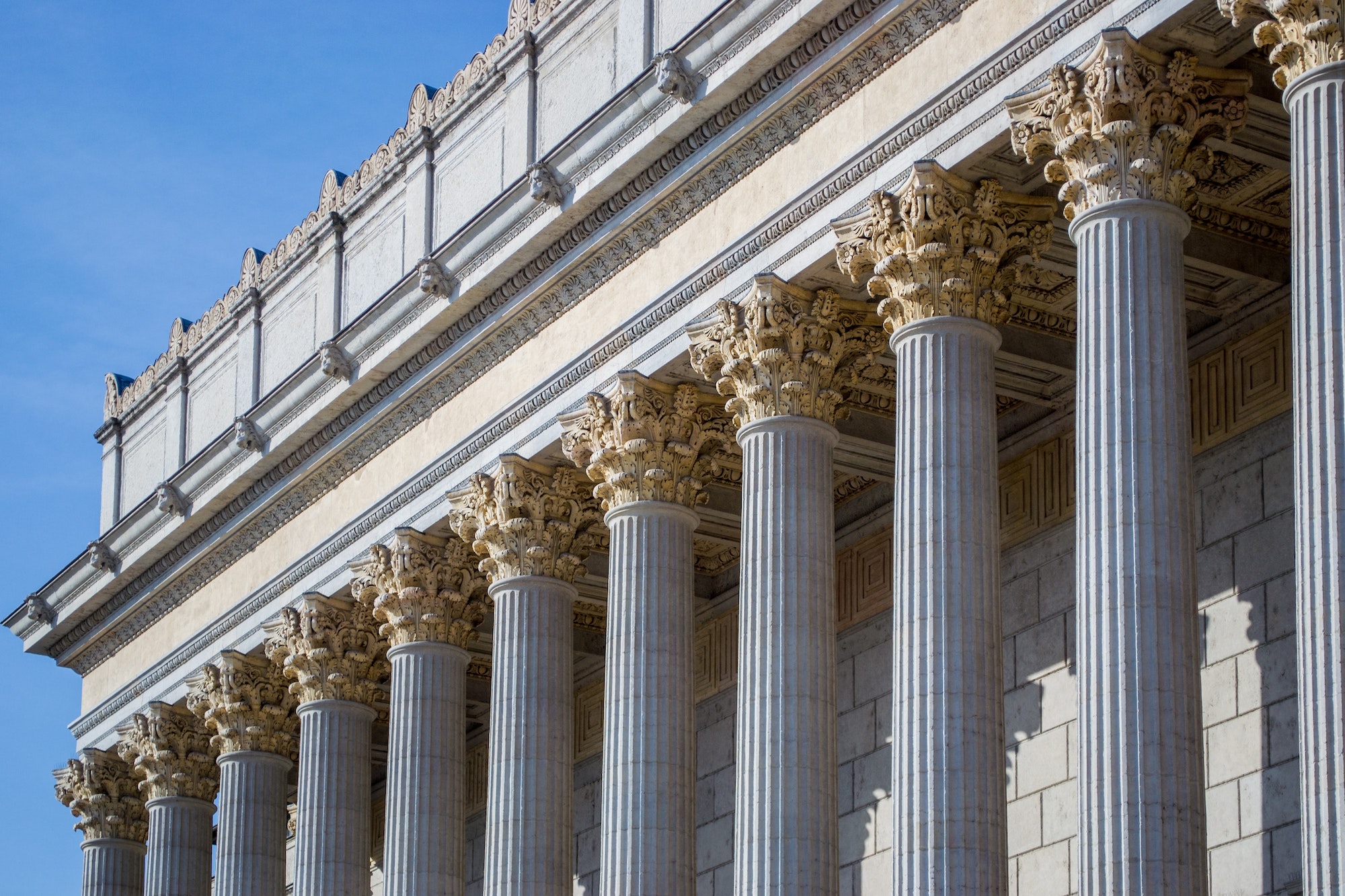
Five months after launching with the goal of modernizing public notices in newspapers, the startup Column has formed partnerships with McClatchy, Wick Communications, and Ogden Newspapers.
Column is a public benefit corporation that has received venture capital and makes money by charging a small fee to process the placement of public notices. The startup launched with partnerships with The Washington Post and statewide newspaper groups in Colorado and Kansas; it’s since added Florida, New Mexico, Maryland-D.C.-Delaware, and Idaho. Adding these three newspaper chains means Column is now responsible for streamlining the public notice process for hundreds of local publications.
The company, known as “e-notice” during its incubation period at the Shorenstein Center on Media, Politics, and Public Policy, changed its name to Column in 2020. (“A column is a vertical pillar that supports meaningful institutions; a column is a piece of opinionated journalism; a column is a unit of structure in a database,” their founder has explained.)
Paid public notices — those legally-required ads in tiny print — have been a fixture of American newspapers since the country’s colonial days. The founders felt they were critical to keeping a citizenry informed of its government’s actions, and saw legal requirements to place public notices in newspapers, like postal subsidies, as a way to promote the industry’s financial stability. Today, public notices can be required for items like public budgets and hearings, government contracts open for bidding, foreclosures, and certain legal proceedings, such as notices to unknown creditors. Yes, they can be quite dry — but there are exceptions.
Thanks to legal requirements in every state at multiple levels of government, public notices provide hundreds of millions of dollars in revenue to outlets ranging from local daily and weekly newspapers to national outlets like The Wall Street Journal. But they’re especially important to the former; local papers have become increasingly dependent on public notices as commercial advertising revenue has dried up, says Jake Seaton, Column’s CEO.
Seaton would know. His family has owned and run The Manhattan Mercury in his hometown of Manhattan, Kansas (“The Little Apple”) for five generations. Since public notices are controlled by regulation, their volume has more to do with things like the number of city ordinances passed, or foreclosures initiated, than larger economic forces.
“As advertising has waned, public notice has remained relatively constant and, because of that, become a larger and larger proportion of the newspaper business over time,” Seaton said. “Thirty years ago, it would have been an afterthought for publications. Now, it can be a primary driver of their business and a very reliable revenue stream because it doesn’t depend on whether local businesses are advertising but rather whether the government is running and the banks are making loans.”
With their own budgetary issues, many state and local governments have sought to change public notice laws as a way to cut costs, and bills eliminating newspaper notices in favor of government websites have been introduced in 10 states. But reports of the death of public notices in newspapers have been greatly exaggerated, Poynter has reported.
“Putting public notices on a government-run website is like trusting the fox to build and watch the henhouse,” the Pennsylvania Association quipped in 2010. Eleven years later, newspaper associations are still repeating that (good) line.